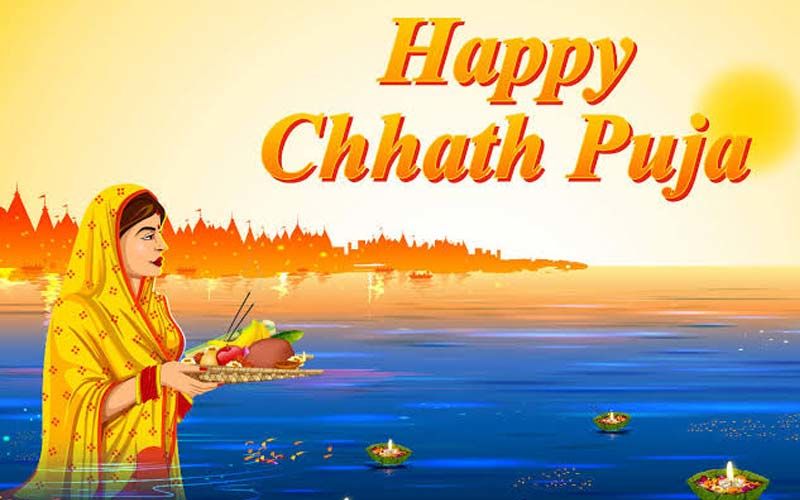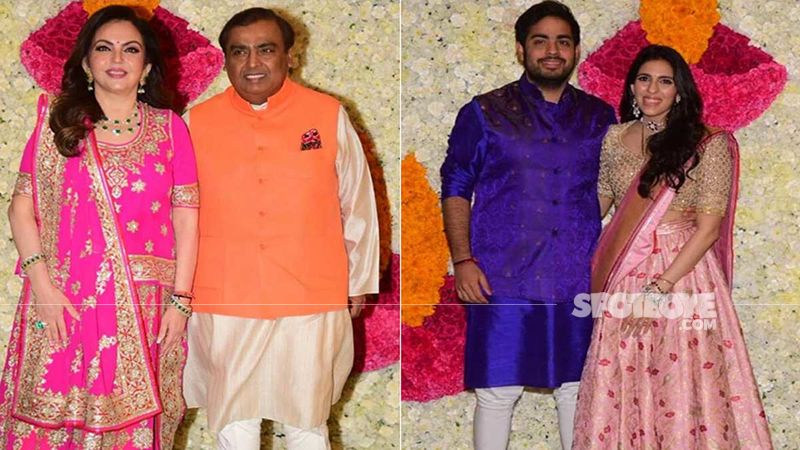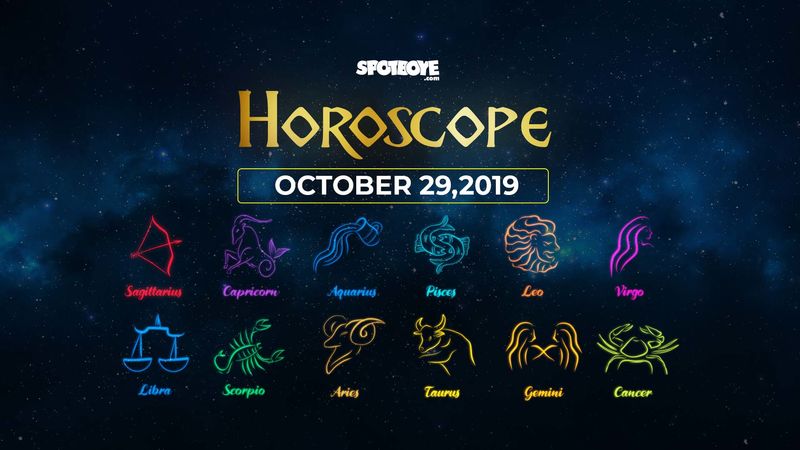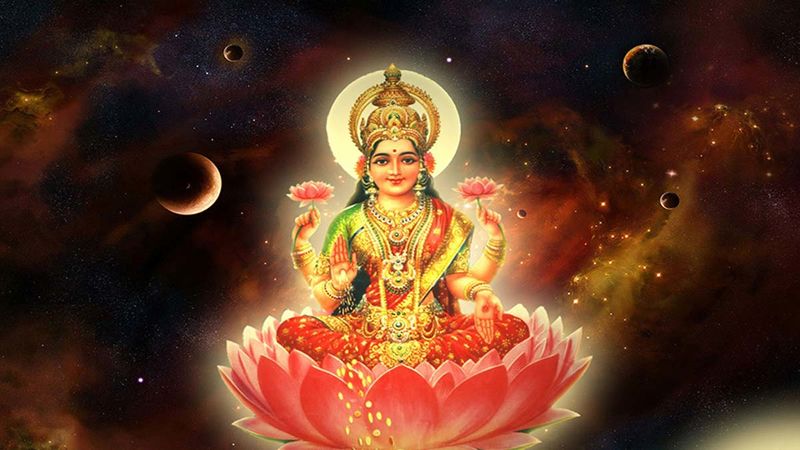Chhath Puja 2019: Date, History And Significance Of The Auspicious Festival
Ahead of Chhath Puja (Surya Shashti) 2019, here’s everything you should know about one of the biggest and most auspicious festivals of Bihar!

What is Chhath Puja?
Chhath Puja is an ancient Hindu festival, which is celebrated to honour Lord Surya (Sun) and Chhathi Maiya, who is known as Lord Surya’s sister. It is majorly celebrated in the states of Bihar, Jharkhand, Eastern Uttar Pradesh, and also in our neighbouring country of Nepal. As per the traditions, Chhath Puja is the only Hindu festival dedicated to Lord Surya (the god of light, energy and life) and Chhathi Maiya, to pray for our well-being, development and prosperity, of both human beings and the planet. Through Chhath Puja, all the devotees thank the Sun God for four days. Some people also observe fast during these four days and they are known as Vrati.
Dates:
As per the Hindu calendar, Chhath Puja is celebrated on the sixth day of the month of Karthika during the Vikram Samvat. This year, Chhath Puja is going to be celebrated from October 31 to November 3. Each day of Chhath Puja has its significance. October 31 is ‘Nahaye Khaye’, November is ‘Kharna’, November 2 will be known as ‘Sandhya Arghya’ and November 3 will be referred to as ‘Usha Arghya’ Chhath Puja begins after four days of Diwali.
History:
There are many legends in regards to Chhath Puja. As per the most famous one, it is believed that Chhath Puja was celebrated by Draupadi and the Pandavas of Hastinapur in ancient times, to solve their problems and regain their lost kingdom. The mantras that are used to chant while worshipping Lord Surya are from the Rig Veda texts. Apparently, the very first Chhath Puja was commenced by Surya Putra Karna, who ruled the Anga Desh (Bohar’s Bhagalpur) during Mahabharata.
Rituals:
As per the Chhath Puja rituals, devotees have to take dips in river or water bodies, observe a strict fast, which also excludes drinking water, standing and worshipping amid water, facing the sun and its rays for hours and offering bhog to the sun during sunrise and sunset.
On the first day of Chhath Puja - Nahaye Khaye – devotees take a dip, mostly in the Kosi River, Karnali and Ganga, followed by taking the holy water home to prepare the offerings. On the second day, known as Kharna, devotees fast for the entire day, which ends during the late evening, a while after the sunset. On the day of Sandhya Arghya, devotees take a dip in the holy water body and worship Lord Surya and Chhathi Maiya during the evening, after preparing the Prashad. On its fourth and final day, devotees go to the holy water bodies before the sunrise and worship the sun.
Significance:
Religious significances aside, all the Chhath Puja rituals also come with a lot of scientifically proven health benefits. It’s believed that solar energy has the lowest rate of UV rays during the sunrise and sunset, and it is during this time when devotees offer prayers at the riverbanks. It also helps in detoxification of mind, soul and body and plays an essential role in helping you get rid of all the negative energies.
Image Source:- apk.support/youtube/royalmoutaintravel-nepal/nikumbhvideo
Image Source:- apk.support/youtube/royalmoutaintravel-nepal/nikumbhvideo








_2024-4-24-10-12-15_small.jpg)


_2024-4-24-6-29-8_small.jpg)
_2024-4-24-4-34-51_small.jpg)